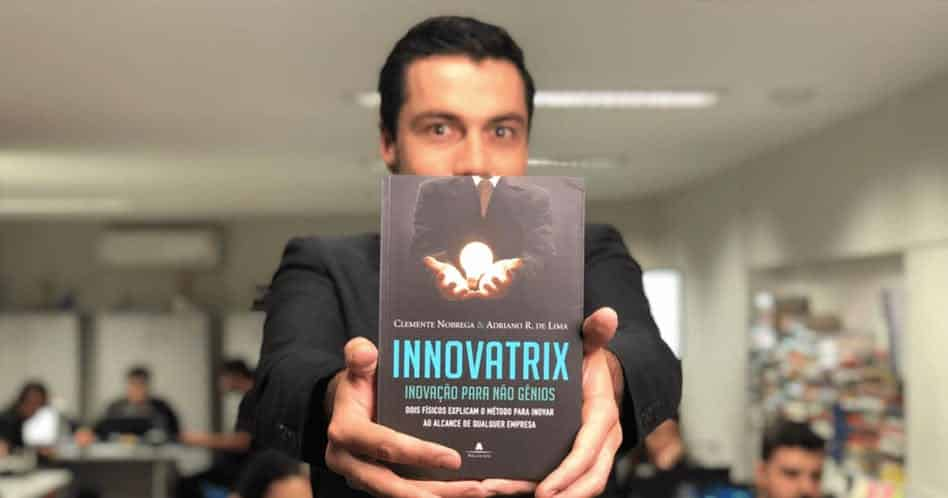
Innovatrix - Clemente Nóbrega, Adriano R. de Lima
Learn, with this book summary, that competitiveness has dominated the current market and that innovating and reinventing yourself may be the missing solution to leverage your business.
Choose language:
